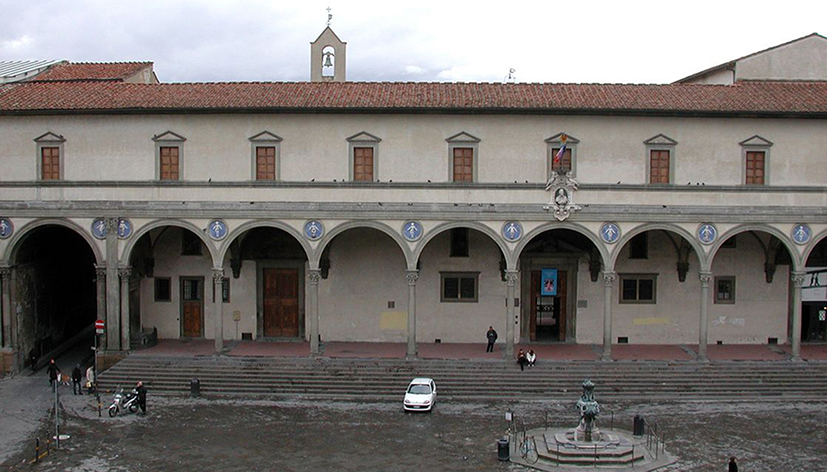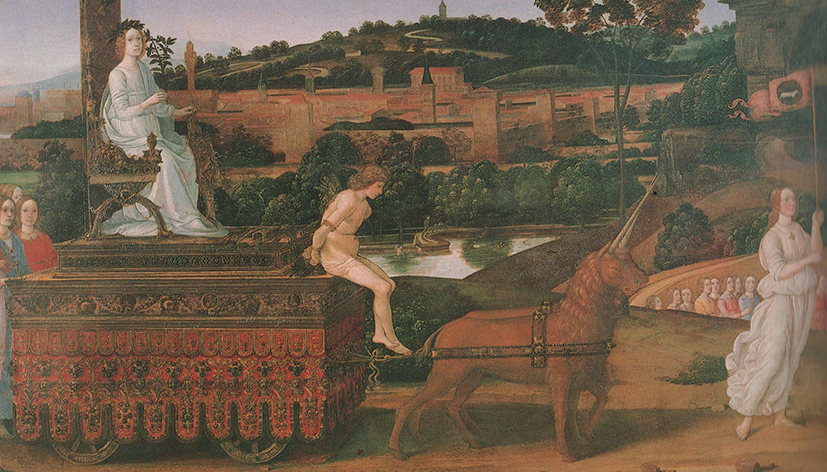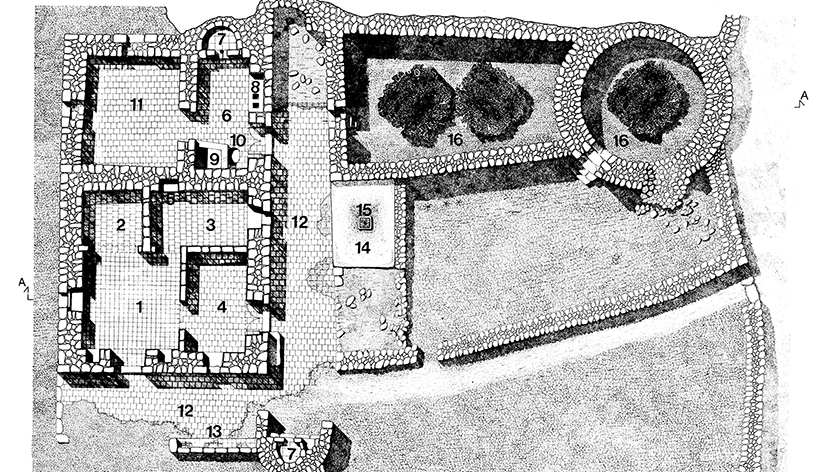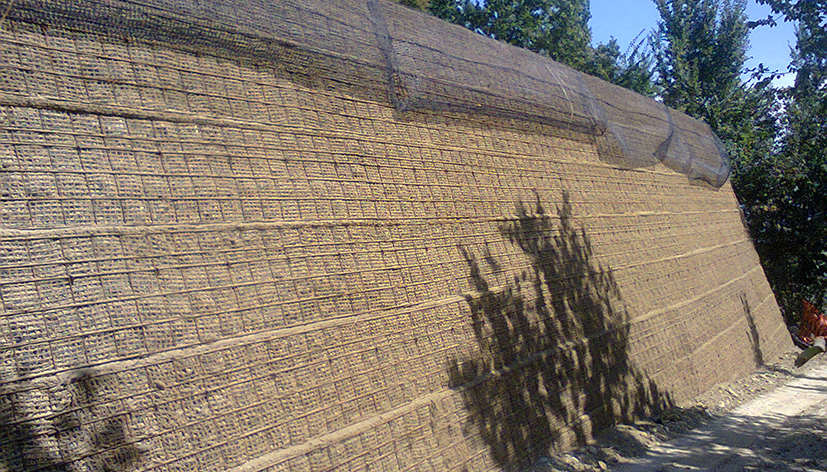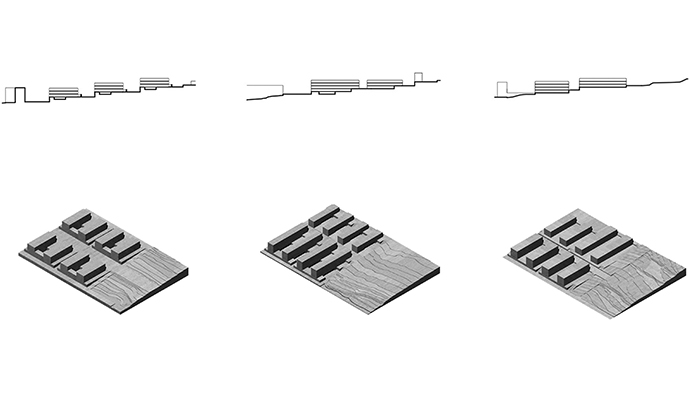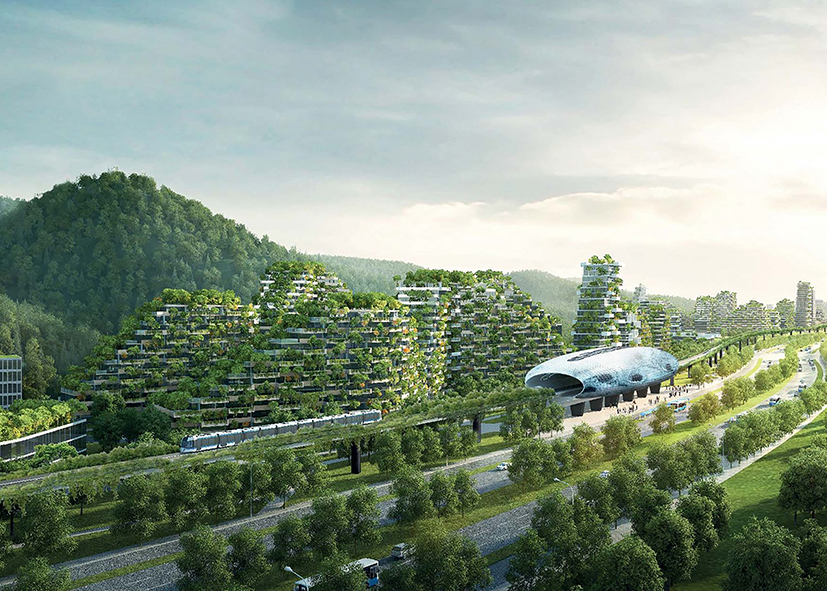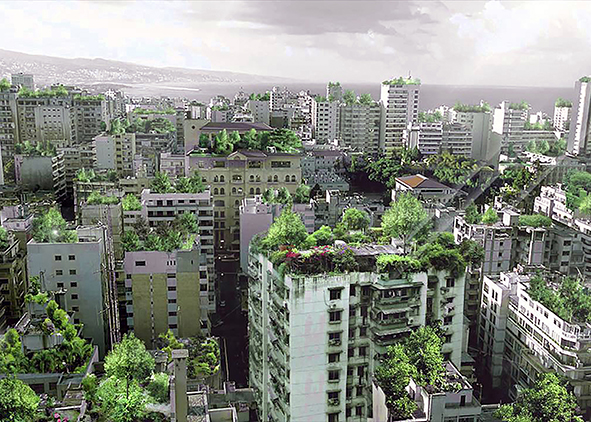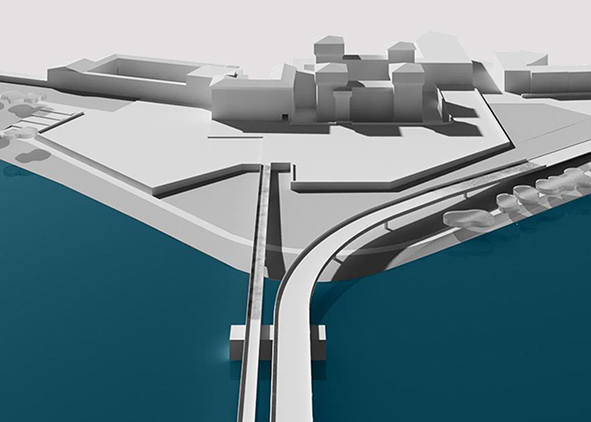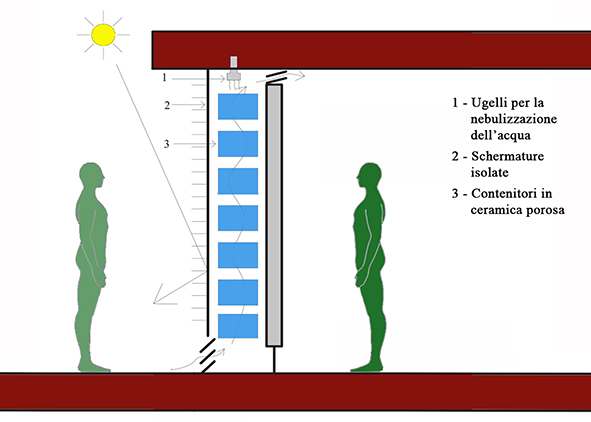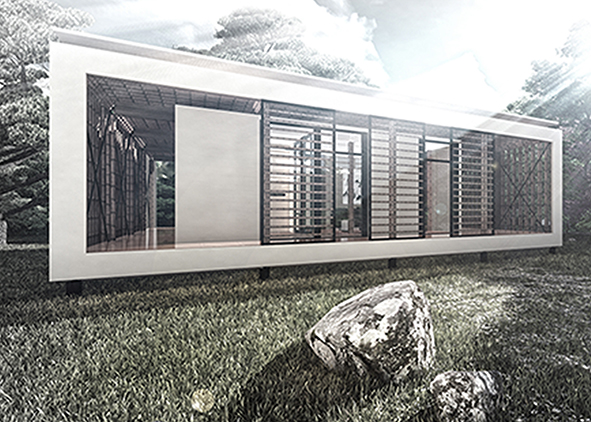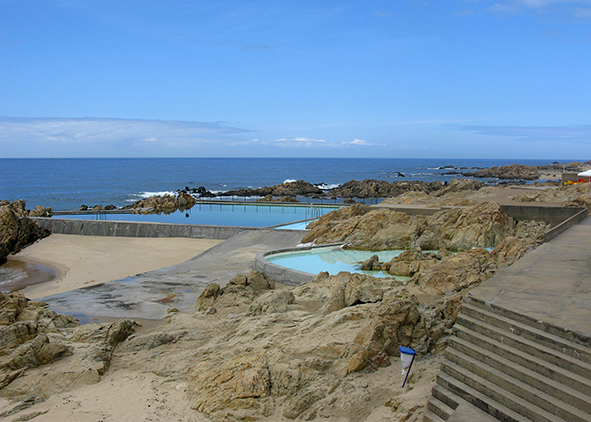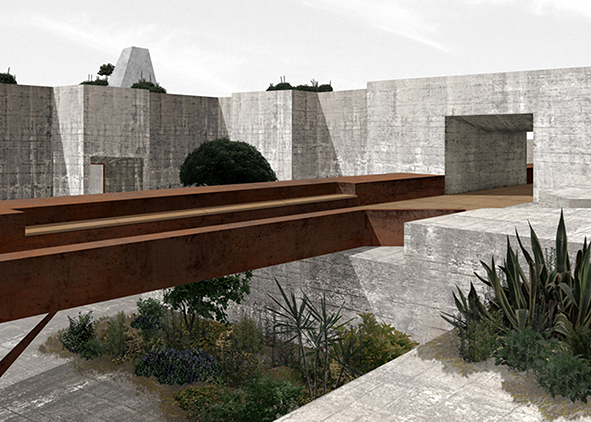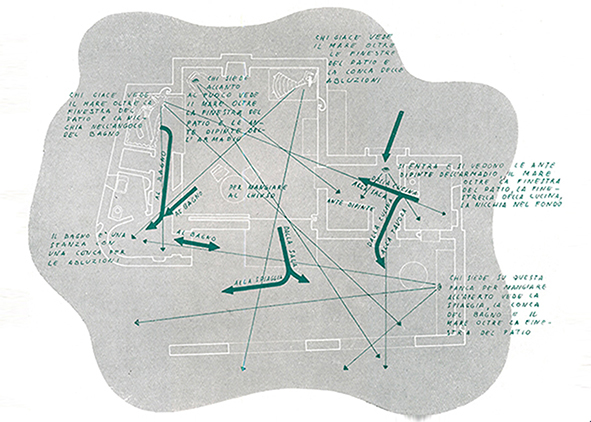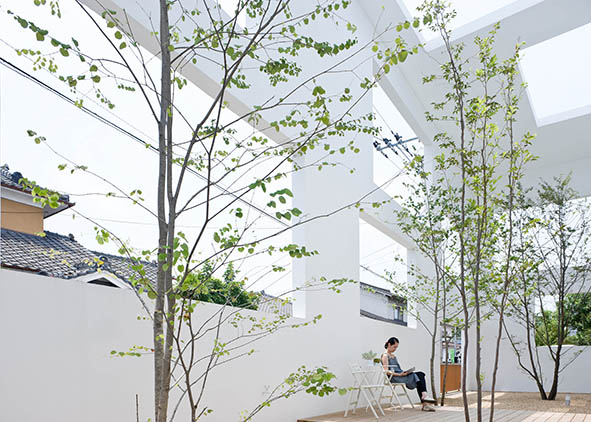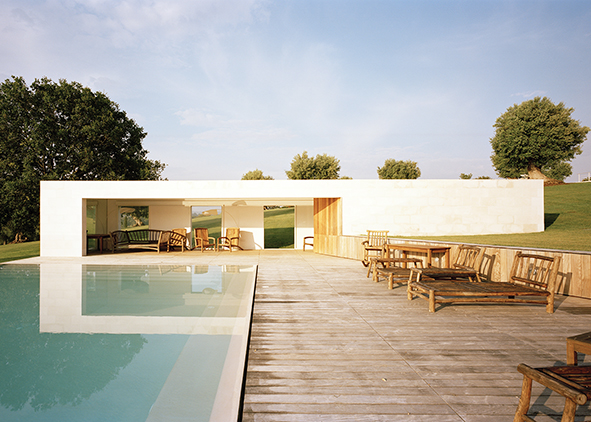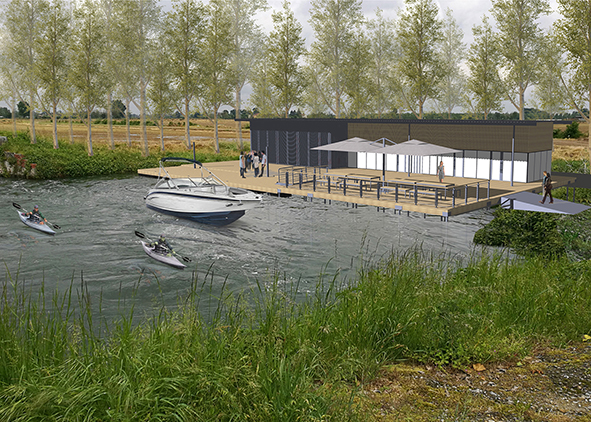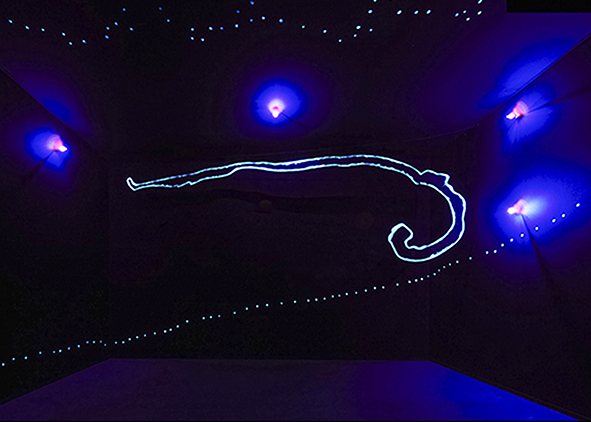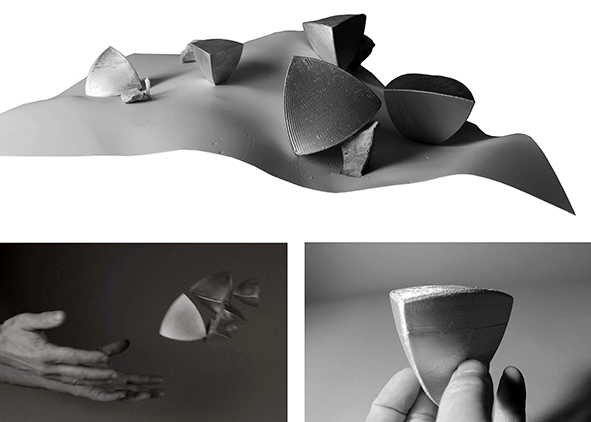
AGATHÓN
International Journal
of Architecture, Art and Design
ISSN (online) 2532-683X
ISSN (print) 2464-9309
Vol. 2 (2017): ARCHITECTURE AND NATURE

Defining the two terms Architecture and Nature, is difficult: this is because Architecture has always been present in culture while assuming different meanings from civilization to civilization or from era to era and because nature has been shaped over time by unpredictable phenomena and forces. As Gabriele D'Annunzio noted (Il Fanciullo) «nature and art are a bifrons god [...] you do not distinguish one face from the other face but you feel the unique pulsing heart that is hiding in the double-figure», so we too can say that nature and architecture constitute a binomial not as a sum, but as an indissoluble whole of two entities linked by a close relationship. To clarify and to give orientation we assume these two meanings.
Architecture is the art of forming, through technical, constructive and artistic means, spaces that can be used for human needs: buildings, gardens and even monuments, considered in their spatial function; Architecture is a construction project conceived and executed, in which the various parts are conceived, structured and composed as elements of an organism belonging to the figurative arts. In other words, Architecture is therefore also an art that is part of the so-called visual-plastic arts, like sculpture; it is the discipline that has as its purpose the organization of space at any scale, but mainly that in which man lives. Nature is the foundation of existence in its physical configuration and in its biological becoming, as a causative presupposition, operating principle or phenomenal reality. Nature is the whole of all existing things considered in its overall form, in the totality, that is, of the phenomena and forces that manifest in it; it is the set of characters of a region, little or not yet modified by civilization. The term derives from the Latin nature, future participle of the verb nasci (to be born), and literally means 'what is about to be born'; according to the etymological meaning, in philosophy nature is intended in the finalistic way as the principle that operates as a life force, superior to the reality of inanimate matter, which drives all living beings to the maintenance of species through reproduction.
We asked to specify the two terms of Architecture and Nature, with this call, from three different points of view: on formal, visual and material aspects; in particular: a) on the forms that architecture assumes in reference to those of nature; b) on the natural materials used in architecture, such as stone, wood, terra cotta, adobe, green, water; c) on the natural landscape and on the urban landscape, aimed at protecting and modifying the natural environment or structuring the urban environment, to make it increasingly functional and responsive to the growing social concentration in the cities.
In this sense, we should read the contributions on architectures of animal and plant nature, designed in a conscious, interactive and adaptive way, and those on Responsive Envelopes, i.e. capable of providing services in response to the people present in a given environment, to climate changes and to particular environmental variations. One wonders: does architecture continue to exist as an artistic practice? Is it art that goes inexorably disappearing in the shadow of the so-called archistar? Which languages, forms and expressions can derive from the innovation of processes, materials and products, in response to the current needs of a simultaneous economic, social and environmental sustainability? Is the education and teaching system in the Schools of Architecture adequate for the various contexts, given the social, political, cultural, economic (and even moral) status, in which we find ourselves? Is University able to communicate effectively and correctly to the citizens of tomorrow? Finally, starting to Industry 4.0 or better to Building 4.0, the rules and procedures related to the project are appropriate and correct or constitute oppressive and malefic constraints?


